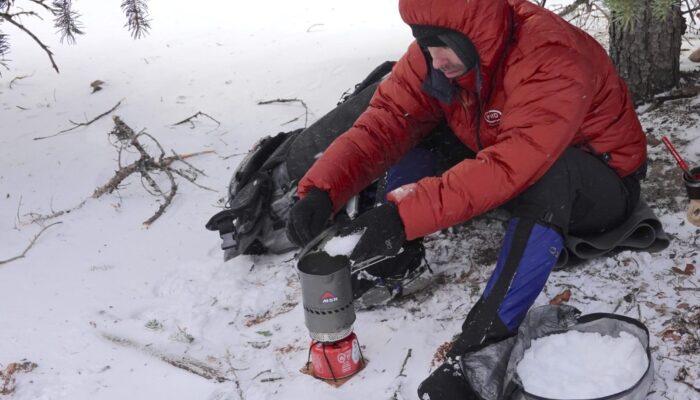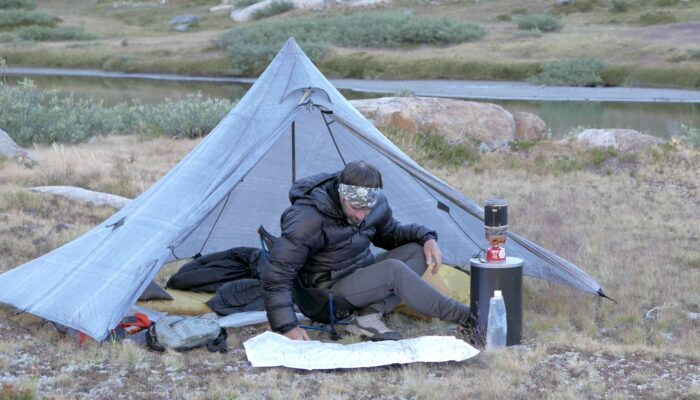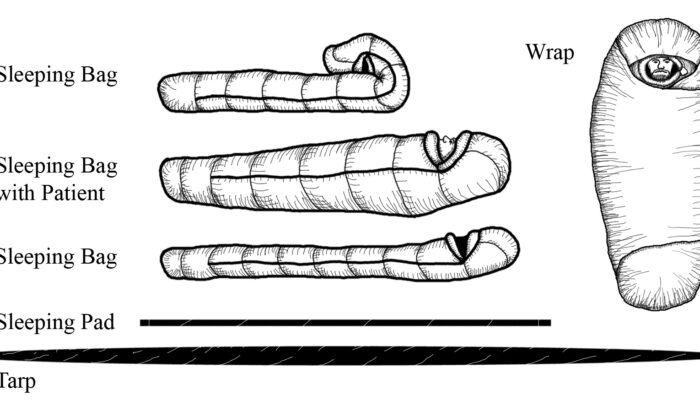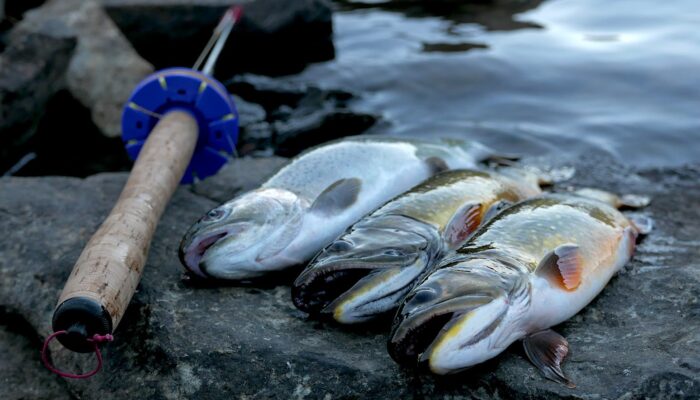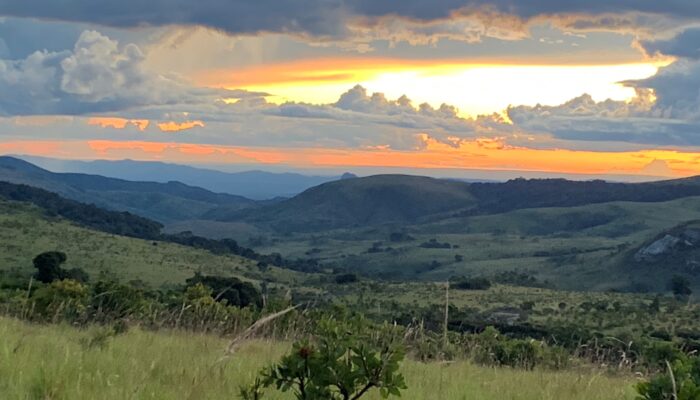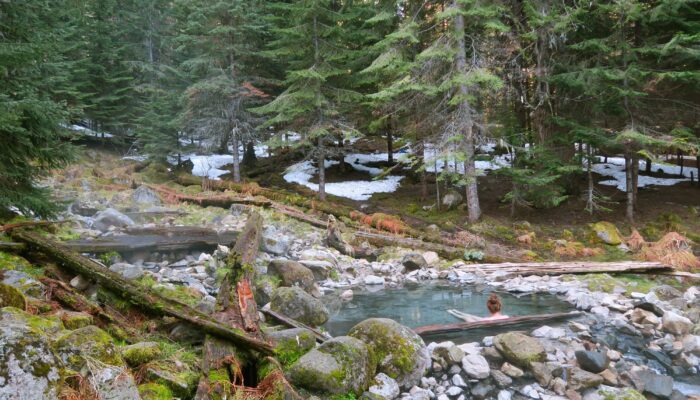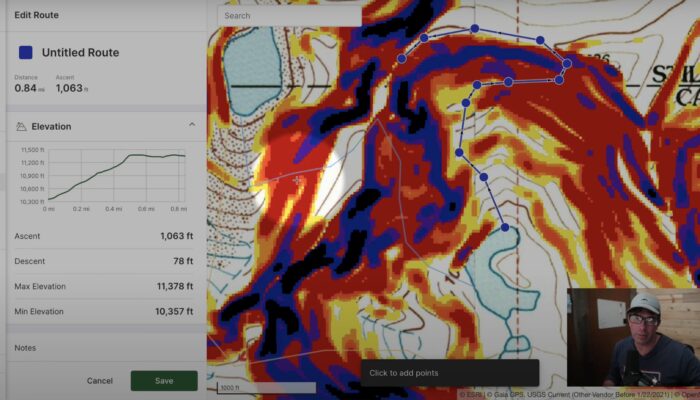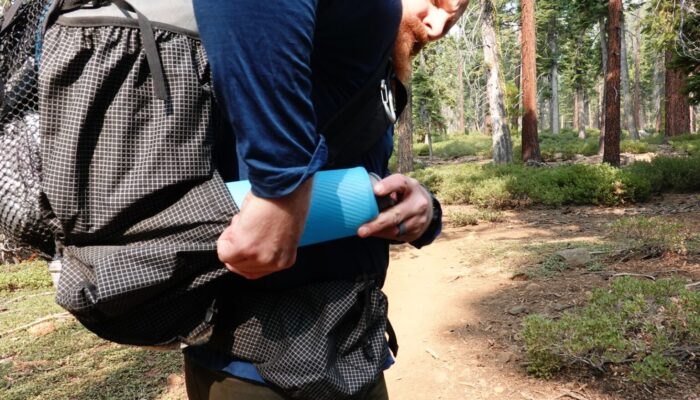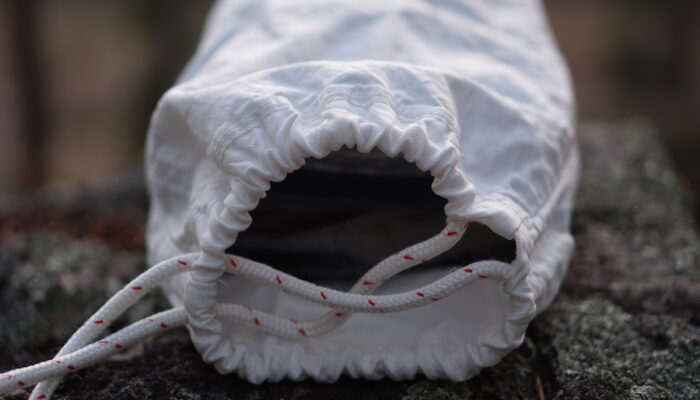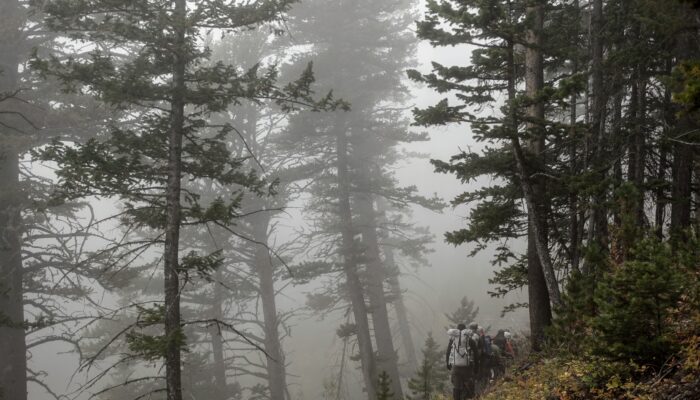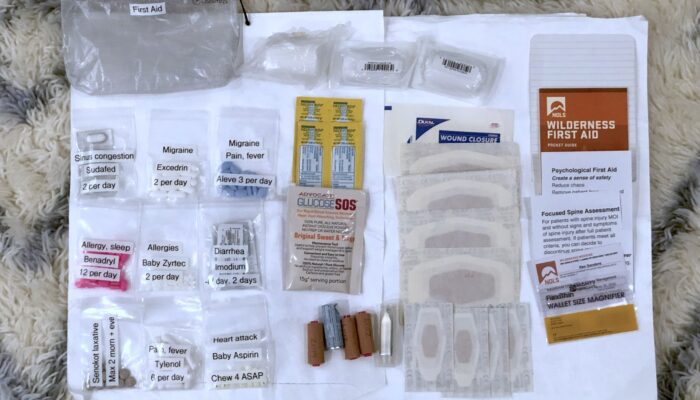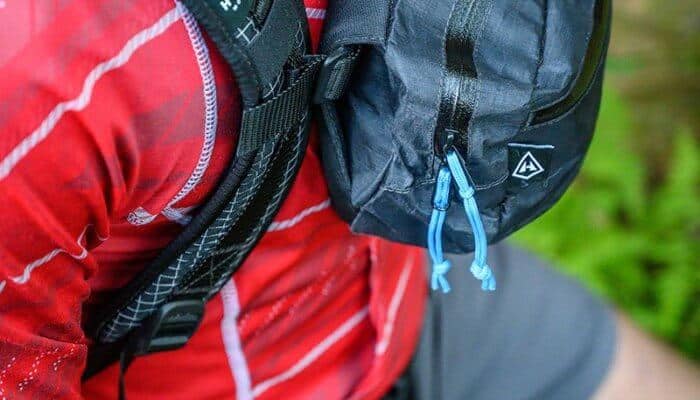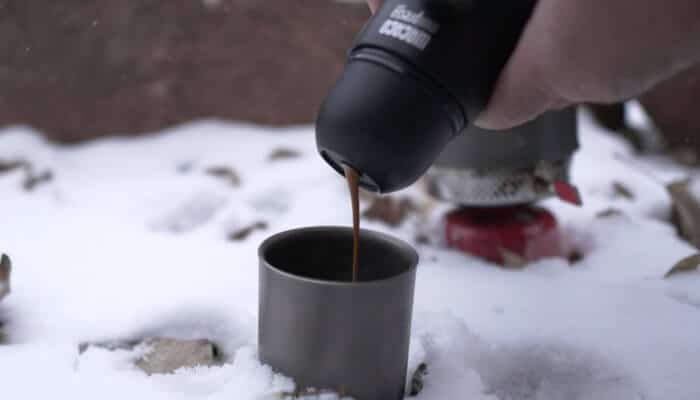Wilderness Skills
- GEAR • Gear Reviews
- GEAR • Gear Guides
- GEAR • Gear Checklists
- GEAR • Make Your Own Gear
- GEAR • Gear Testing & Research
- SKILLS • Tips, Tricks, and Hacks
- SKILLS • Wilderness Skills
- SKILLS • Training
- SKILLS • Trip Planning
- SKILLS • Food Preparation
- PLACES • Trips
- PLACES • Routes
- CULTURE • Essays
- CULTURE • Stories
- CULTURE • Issues
- CULTURE • People
- CULTURE • News
- CULTURE • Media Reviews
- ARCHIVES (Before 30.Nov.2015)
- SEARCH LIBRARY
- TRAILHEADS
Latest
How to Choose Backpacking Gear (Shelter Case Studies)
In this video, we walk through a framework for making decisions about how to select gear based on benefits, features, and design attributes, with a focus on shelter systems.
Stove Systems for Winter Backpacking
Ryan discusses how you build and utilize your stove system for winter cooking and snow melting to maintain hydration.
Bear and Food Storage Policy in the National Parks
America’s National Parks each have different food storage requirements for backpackers. This article discusses the requirements, various options, and focuses on what bear canisters are exemplary options, and why.
Hypothermia
What is hypothermia, and how do you treat it with an ultralight backcountry gear kit?
Can backcountry fishing save carried food weight?
This article explores the benefits of backcountry fishing (especially tenkara), including the incorporation of fish in your diet and potential food weight savings.
How to Plan and Execute a Successful Backpacking Trip in Developing Nations
A few suggestions for your next out of the ordinary adventure.
How to Practice Leave No Trace Principles at Hot Springs
Camping near hot springs can be a magical experience for backpackers, but these unique natural features require special care to minimize human impact.
How to Use Gaia GPS Slope Angle Overlays & Satellite Imagery to Plan Off-Trail Routes
In this video, I walk through how I use slope angle overlays and satellite imagery to plan off-trail mountaineering routes, focusing on Gaia GPS as the digital mapping software.
Where Do I Put My Waterbottles When Backpacking?
What's the best way to store water bottles while backpacking? You've got some options, but the answer depends on what you want to achieve.
How to Use an Ursack
Ursacks are lighter alternatives to bear canisters for food storage but require the right knots and tying locations to protect your food.
Leave No Trace Winter Backpacking Best Practices
An overview of how Leave No Trace techniques can be applied to winter backpacking.
Why You Should Spend a Few Ounces of Pack Weight on Rainwear Ventilation Features
In this article, we make the case for spending some extra weight on rain jackets and rain pants that offer more ventilation features (and durability) than typical ultralight rainwear styles.
Backpacking First-Aid Philosophies
Two ibuprofen and a five-year-old Band-Aid ain't gonna cut it.
Keeping Gear Handy on the Trail with Multi-Use Accessory and Utility Pouches
Having accessible "pockets" on your pack is useful for keeping little bits of gear handy without taking off your pack. But consider a multi-use pouch that can also be worn as a standalone fanny-style pack.
Going the Distance: How to Maintain a Relationship While Backpacking
How is it possible to spend three-to-six months walking through the woods and still have a relationship left to come home to? In this article, I chat with a mental health expert and share some tips to help you maintain a strong relationship while backpacking.
Lightweight Backpacking Gear for Cold Winter Temperatures (Two-Layer Systems, Vapor Barriers, and Really Puffy Stuff)
Lightweight backpacking gear for winter temperatures: two-layer insulation systems, vapor barrier systems, and really puffy stuff.
How to Make Coffee in the Backcountry: Gear and Methods
This article provides an overview of coffee-making methods (how to make coffee in the backcountry) while backpacking, with a study of their complexity and weight.
Lightweight Sunscreen for Hiking and Backpacking
How to create a lightweight sunscreen strategy by using your backpacking apparel and supplies.
Maceration, Immersion Foot and Backpacking
A short, detailed discussion on immersion foot and maceration, how to deal with it in the backcountry and when not to.
Lightweight First Aid and Trauma Kits: Perspectives from a Mountain Rescue Medic
This article features an interview with a Canadian Mountain Rescue Medic, focusing on how to assemble lightweight first aid and trauma kits for backcountry travel.


